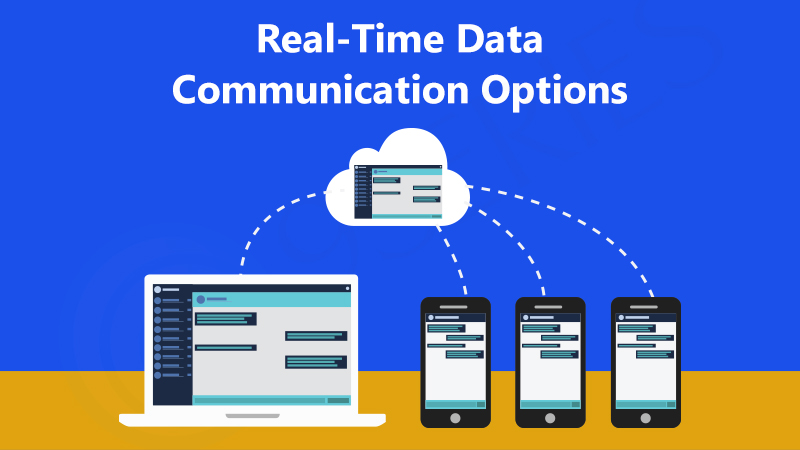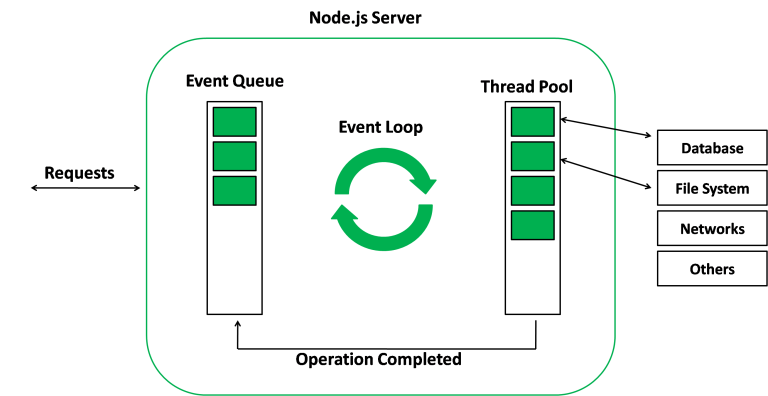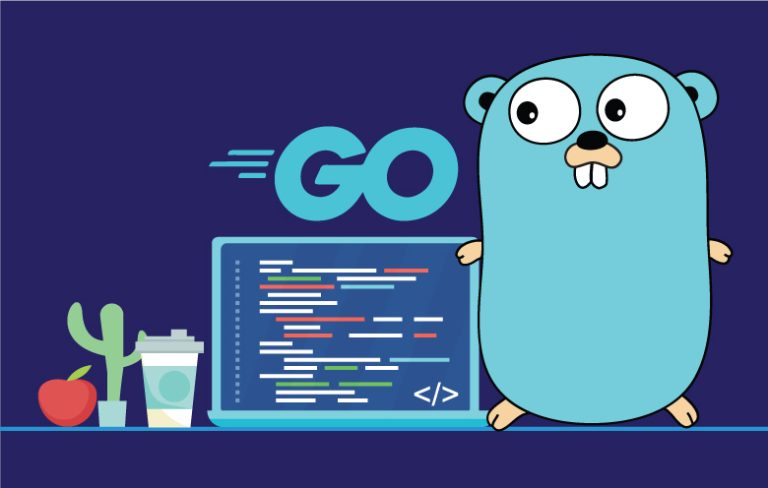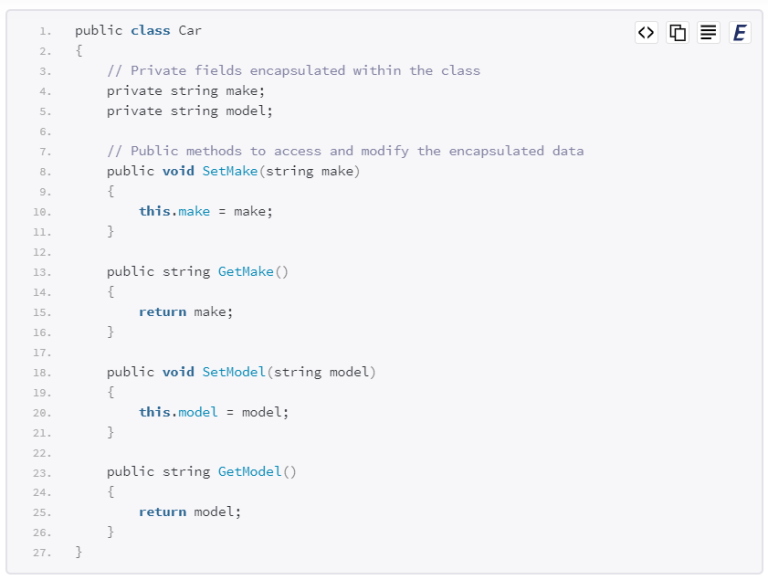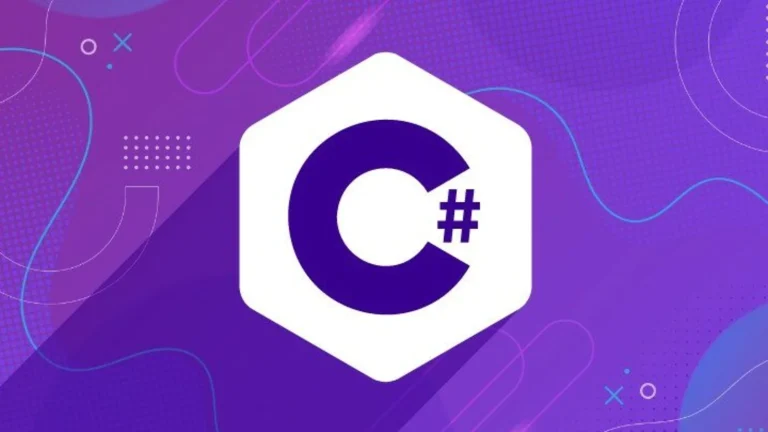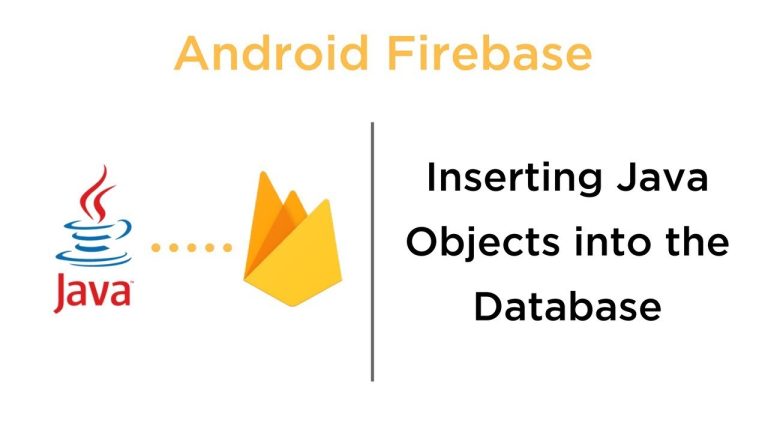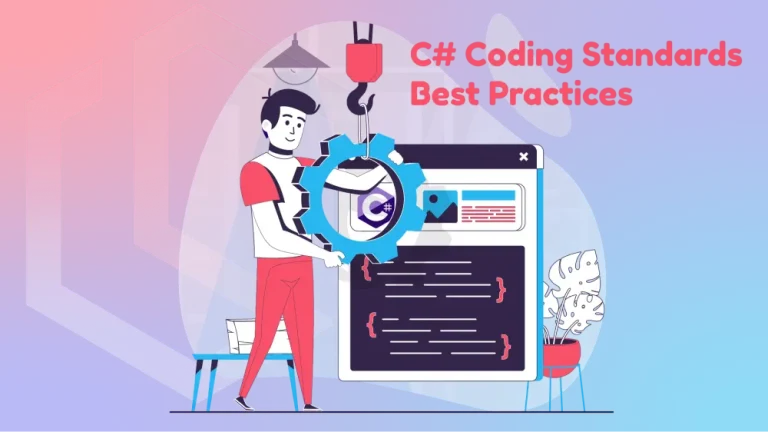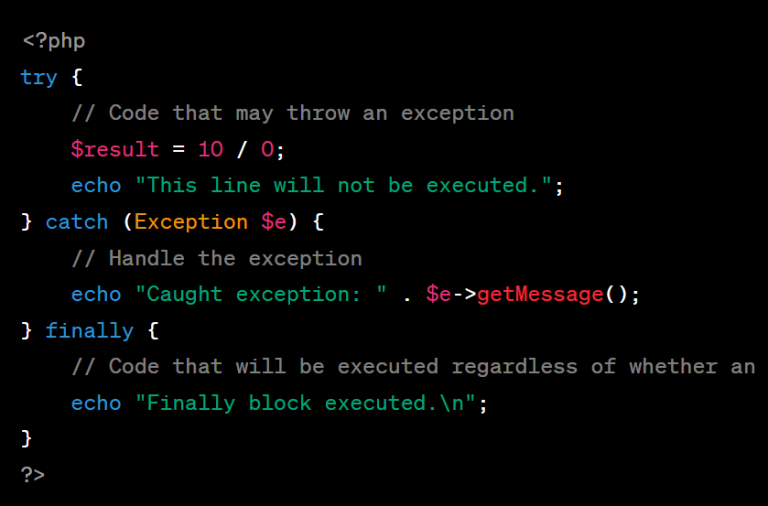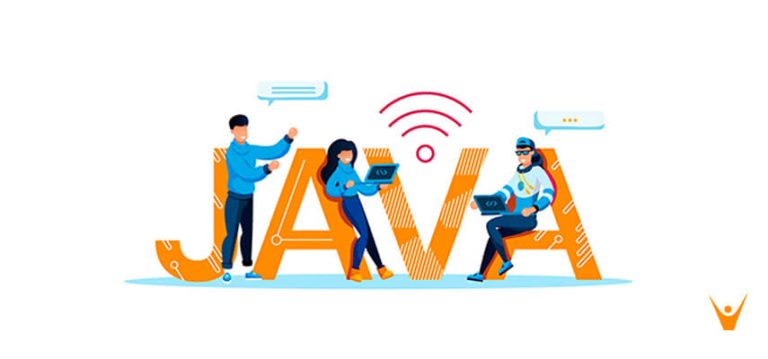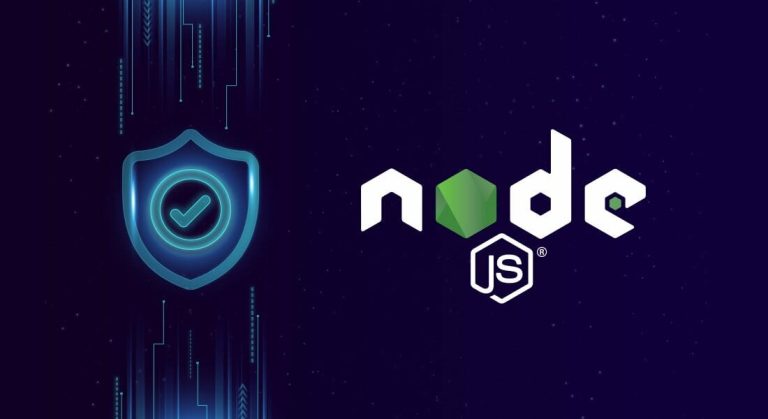Introduction
Real-time applications, which provide instant and live updates to users, have become increasingly popular in the digital landscape. PHP, a server-side scripting language, is versatile enough to handle the complexities of real-time functionality. In this article, we’ll explore the concepts, tools, and best practices for building real-time applications using PHP.
Understanding Real-Time Applications:
Real-time applications differ from traditional ones by offering instantaneous updates and interactions. Examples include chat applications, collaborative editing tools, live notifications, and online gaming platforms. Achieving real-time functionality involves managing WebSocket connections, handling events, and ensuring low-latency communication between clients and the server.
Key Components for Real-Time PHP Applications:
1. WebSockets:
- WebSockets provide full-duplex communication channels over a single, long-lived connection. This technology is fundamental for real-time applications, enabling bidirectional communication between clients and servers.
2. Push Notifications:
- Real-time applications often rely on push notifications to inform clients of updates. PHP can utilize technologies like WebSockets or HTTP/2 Server Push for delivering timely notifications.
3. Event-Driven Architecture:
- Adopting an event-driven architecture allows PHP applications to respond dynamically to user interactions. Events trigger specific actions, updating the application state in real-time.
Building Real-Time PHP Applications:
1. Choose a Real-Time Framework:
- Several PHP frameworks support real-time functionality. Laravel, for instance, provides tools like Laravel Echo and Laravel WebSockets. Alternatively, you can use standalone libraries like Ratchet for WebSocket support.
2. Implement WebSockets:
- Configure WebSocket servers to handle real-time communication. For example, using Ratchet, you can create a WebSocket server with event handlers for various actions.
// Ratchet WebSocket example
use Ratchet\MessageComponentInterface;
use Ratchet\ConnectionInterface;
class MyWebSocket implements MessageComponentInterface {
public function onOpen(ConnectionInterface $conn) {
// Logic for connection opening
}
public function onMessage(ConnectionInterface $from, $msg) {
// Handle incoming messages
}
public function onClose(ConnectionInterface $conn) {
// Logic for connection closing
}
public function onError(ConnectionInterface $conn, \Exception $e) {
// Handle errors
}
}3. Integrate with PHP Frameworks:
- If using a PHP framework like Laravel, leverage built-in tools. Laravel Echo simplifies real-time communication, while Laravel WebSockets provides a full WebSocket server implementation.
// Laravel Echo example // Broadcasting an event broadcast(new RealTimeEvent($data));
4. Handle Client-Side Integration:
- Ensure your front-end is equipped to handle real-time updates. JavaScript libraries like Socket.IO or Laravel Echo make it straightforward to establish WebSocket connections and listen for events.
// Socket.IO example
const socket = io('http://your-server.com');
socket.on('real-time-event', (data) => {
// Handle real-time updates
});5. Scalability Considerations:
- As real-time applications grow, consider scalability. Load balancing WebSocket servers and utilizing technologies like Redis for broadcasting events across multiple servers can enhance scalability.
Security Considerations:
Building real-time applications with PHP requires attention to security:
1. Secure WebSocket Connections:
- Ensure WebSocket connections are secure, especially when transmitting sensitive information. Use protocols like WSS (WebSocket Secure) over HTTPS.
2. Authentication and Authorization:
- Implement robust authentication mechanisms to verify users connecting to your WebSocket server. Additionally, enforce authorization rules to control access to specific real-time channels.
3. Data Validation:
- Validate incoming data to prevent security vulnerabilities. Input validation is crucial, even in real-time scenarios.
Conclusion:
PHP, when coupled with the right frameworks and tools, can power robust and scalable real-time applications. Whether you’re building a chat application, live notifications system, or collaborative tool, understanding the principles of real-time communication and employing best practices ensures a seamless and engaging user experience. Stay informed about emerging technologies in the real-time space, as the landscape continues to evolve with innovations and improvements.

